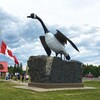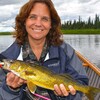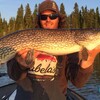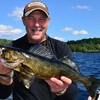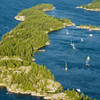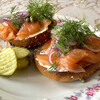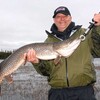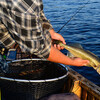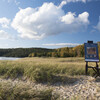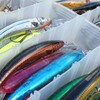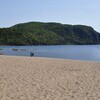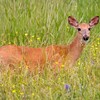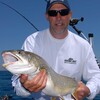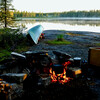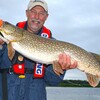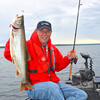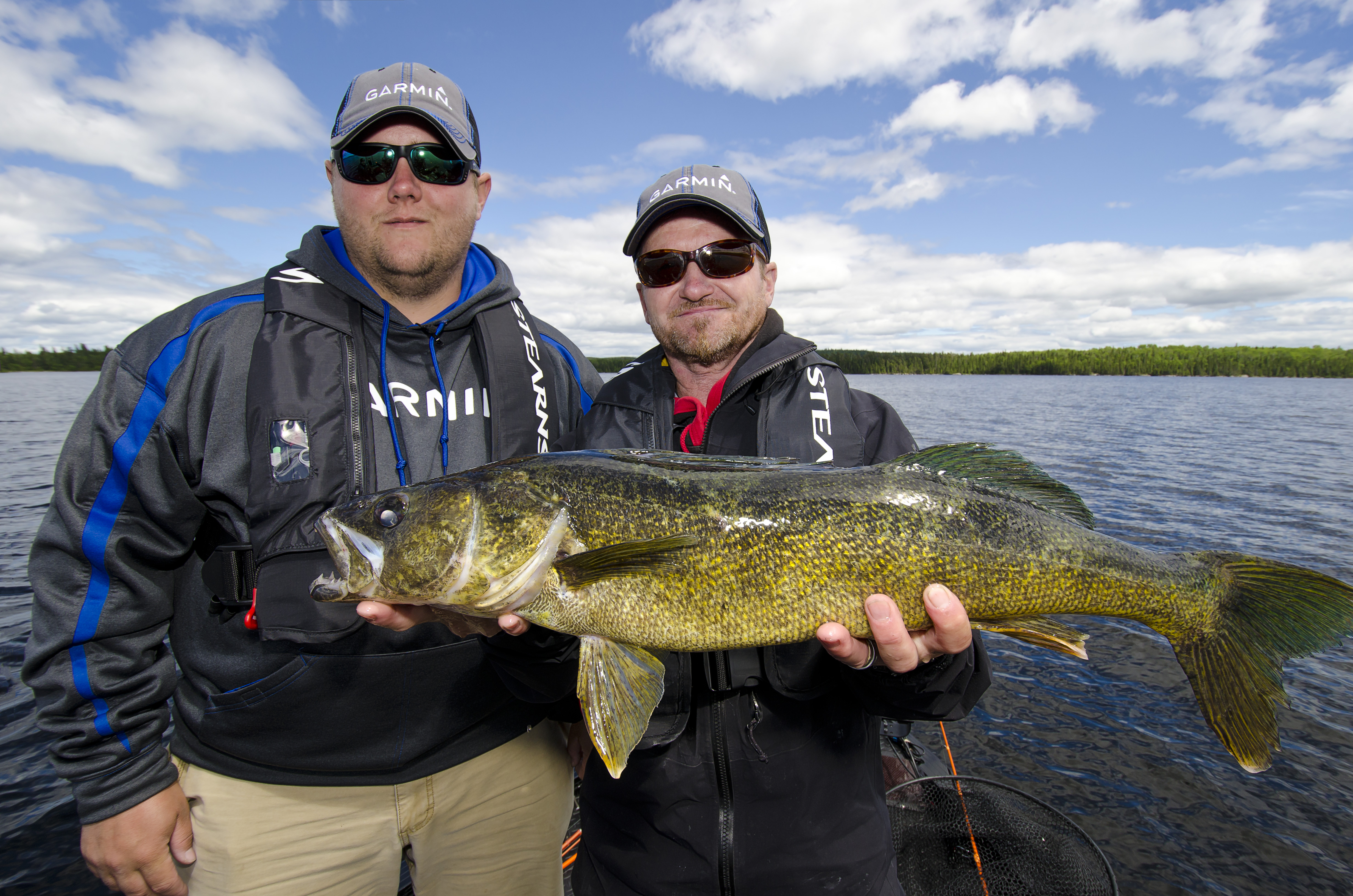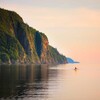
Taking Quality Fish Photos
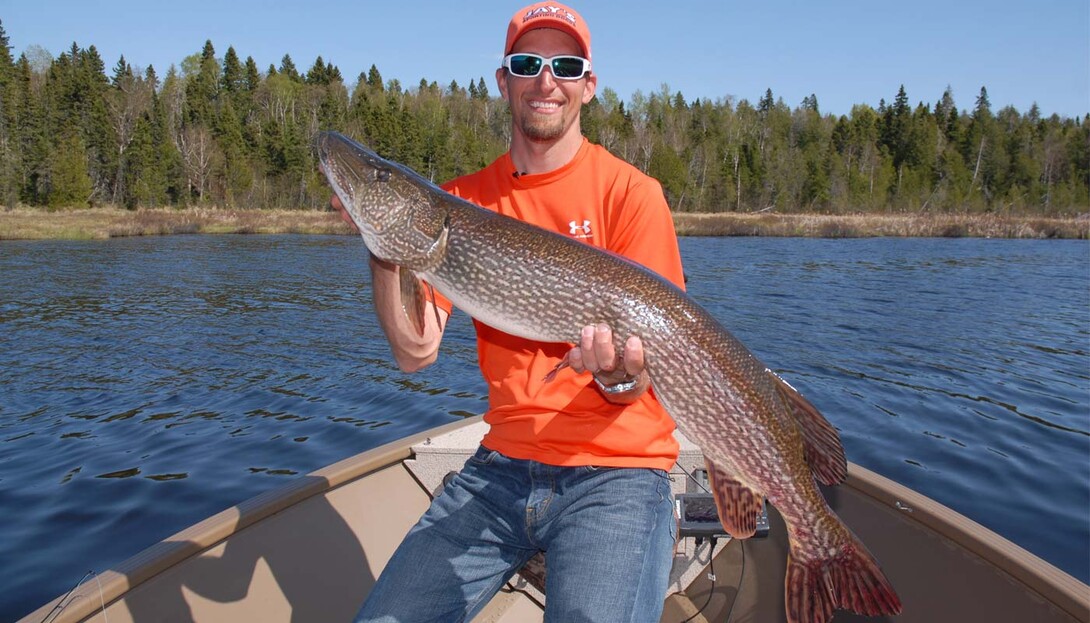
Fish are slippery creatures. Often getting a handle on a fish after it is hooked and landed is more challenging than catching the fish in the first place!
As anglers, one of the skills we all need to master is the ability to handle fish quickly and effectively. In part, this skill is necessary because a lot of the fish we catch must ultimately be released unharmed.
Proper fish handling skills are also important for other reasons besides conservation. These days everyone has a cell phone capable of taking high-resolution digital images and video. The memories that a quality photograph provides are priceless but getting those great pics doesn't happen without a little advance planning and some savvy fish-handling skills.
Handling Fish Species
Learning how to handle fish to generate attractive and pleasing photos is an art in itself. In many respects how a fish is best handled depends on the fish species involved. For example, large and smallmouth bass are easy to hold for pictures because gripping them by the lower jaw immobilizes the fish. Try that trick with a walleye, northern pike or musky and see how smoothly the process plays out!
Walleye are best handled by gripping the fish by the lower jaw using the forefinger and thumb to pinch the jaw firmly. To accomplish this, the finger must be carefully slipped inside the gill cover, but not into the gills themselves. The off-hand is used to support the weight of the fish and prevent the fish from twisting.
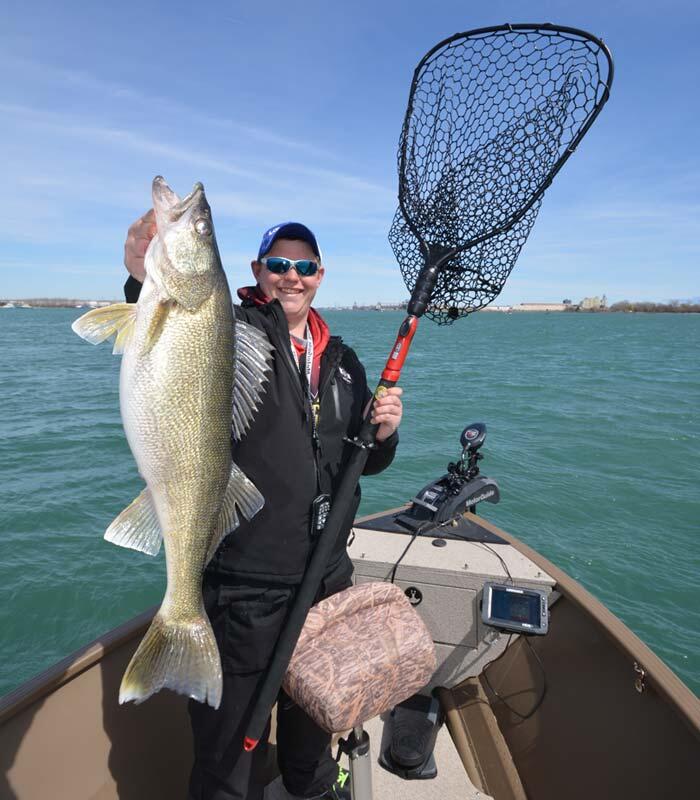
Northern pike and musky are held using similar techniques to those used for holding walleye. It's critically important to avoid getting your fingers into the gill rakers of pike and musky. Not only will this kill the fish but the gill rakers are razor sharp and can seriously cut an angler's hands.
The off-hand must be used to support the weight of trophy pike and musky when holding them for photos. The best way is to hold the fish horizontally, but the fish can also be held vertically without hurting the fish if the fish's weight is well supported.
Brook trout, lake trout and other trout species are among the most difficult of fish to handle effectively. These species are so slimy that they can easily wiggle out of an angler's well-intended grip.
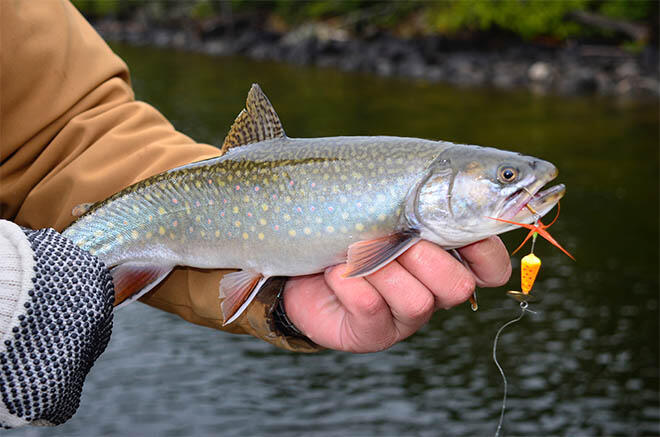
Trout are delicate and it's not practical to grip them by the jaw or under the gill cover. The best way to hold trout is to use a glove on one hand and grasp the fish by the tail firmly. The other hand is cradled by the fish's pectoral fins. Held in this fashion, even slippery trout can be photographed and released without harm to the fish.
Landing Nets
Most anglers use landing nets, but a landing net can be a fish's worst enemy. When a big fish like a trophy pike or musky gets tangled in a landing net, chances are that fish will die before it can be untangled and released. Hand landing pike and musky is a good practice, but it takes practice to get good at handling these fish safely. Hand landing these fish is a skill set serious anglers should master so as to catch and release these fish gently.
The best way to learn how to hand-land pike is to practice on smaller and more easily immobilized fish. When your fish handling skills improve it's time to attempt hand landing larger fish.
Rubber nets do a much better job of securing most species of fish compared to traditional nylon bagged nets. Walleye, bass and trout are all good candidates for using a rubber net. Pike, musky and salmon are often too big and strong to net effectively using a rubber-bagged landing net.
Summing It Up
An angler that can consistently handle fish without harming them is both a conservationist and a true sportsman. For sure some of the fish we handle are going to end up in a frying pan. For those that don't, we owe it to ourselves, other anglers and the resource to become experts at handling all the common species of fish found in Ontario's Algoma Country.
Recommended Articles
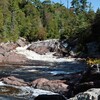
The Centre of Canada?

Neal’s Country Farm and Market
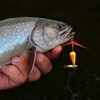
Fishing Knots 101

Ernie’s Coffee Shop

Pukaskwa National Park
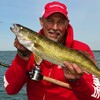
Fishing How-Tos
Highway 638
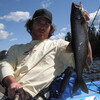
A Fishing Paradise
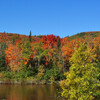
Riding Hwy 129

Wreck of the Edmund Fitzgerald
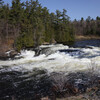
7 Stops Along the North Channel
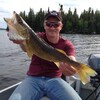
Watson's Kaby Kabins

Adventure Biking in Algoma
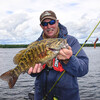
Brennan Harbour Resort
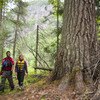
Mosquitoes: They Suck
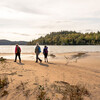
Gargantua Harbour and Warp Bay
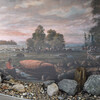
Why Algoma?
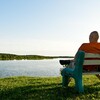
A Lake Huron Road Trip
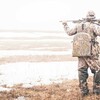
Wild Turkey


